Growth of Aquaculture Practices
Aquaculture is becoming an increasingly vital component of the seafood market in Europe, as it addresses the rising demand for seafood while alleviating pressure on wild fish stocks. The aquaculture sector has expanded significantly, with production levels increasing by approximately 20% over the last decade. This growth is driven by advancements in breeding techniques, feed efficiency, and disease management. Additionally, aquaculture provides a sustainable alternative to wild fishing, aligning with consumer preferences for environmentally friendly options. As the industry continues to innovate and expand, it is likely to play a pivotal role in shaping the future of the seafood market in Europe.
Regulatory Changes and Compliance
The seafood market in Europe is significantly influenced by regulatory changes aimed at ensuring food safety and sustainability. The European Union has implemented stringent regulations regarding fishing quotas, traceability, and labeling requirements. These regulations are designed to protect marine ecosystems and promote responsible fishing practices. Compliance with these regulations often requires investments in technology and training, which can pose challenges for smaller operators. However, adherence to these standards can enhance consumer trust and open up new market opportunities. As the regulatory landscape continues to evolve, businesses within the seafood market must remain agile to adapt to these changes and maintain compliance.
Rising Consumer Demand for Seafood
The seafood market in Europe experiences a notable increase in consumer demand, driven by a growing awareness of the health benefits associated with seafood consumption. Recent data indicates that seafood consumption in Europe has risen by approximately 10% over the past five years. This trend is largely attributed to the increasing popularity of diets rich in omega-3 fatty acids, which are prevalent in fish. Furthermore, the shift towards more sustainable and ethically sourced seafood options has led consumers to seek out products that align with their values. As a result, the seafood market in Europe is likely to see continued growth as consumers prioritize health and sustainability in their purchasing decisions.
Changing Demographics and Consumer Preferences
The seafood market in Europe is experiencing shifts in demographics and consumer preferences that are reshaping purchasing behaviors. Younger consumers, particularly millennials and Generation Z, are increasingly inclined towards seafood products that are convenient, healthy, and sustainably sourced. This demographic shift is reflected in the rising popularity of ready-to-eat seafood meals and snacks. Furthermore, the demand for diverse seafood options, including exotic species, is on the rise. Market data suggests that sales of ready-to-eat seafood products have surged by 25% in the past three years. As these trends continue to evolve, they are likely to influence product offerings and marketing strategies within the seafood market.
Technological Advancements in Seafood Processing
Technological innovations play a crucial role in enhancing the efficiency and quality of seafood processing within the seafood market in Europe. Advanced processing techniques, such as vacuum packaging and modified atmosphere packaging, have emerged, extending the shelf life of seafood products and reducing waste. Moreover, the integration of automation and artificial intelligence in processing facilities has improved operational efficiency, leading to cost reductions. According to industry reports, the adoption of these technologies has the potential to increase production capacity by up to 15%. As these advancements continue to evolve, they are expected to significantly impact the seafood market, enabling suppliers to meet the rising demand for fresh and high-quality seafood.



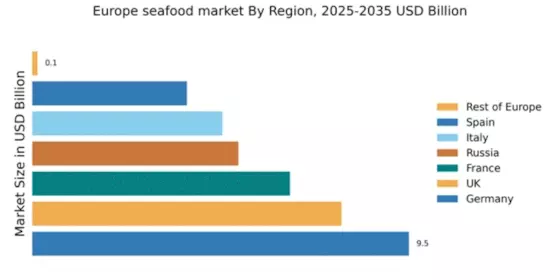
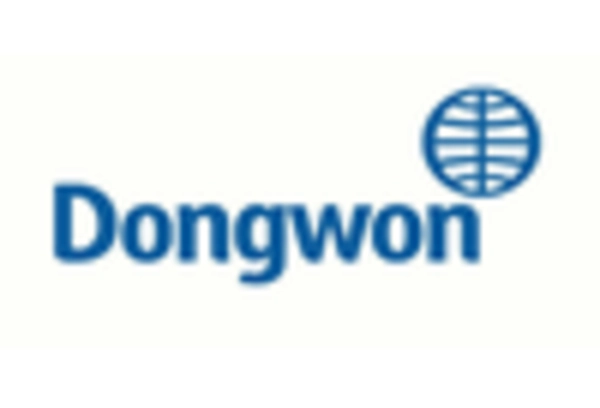

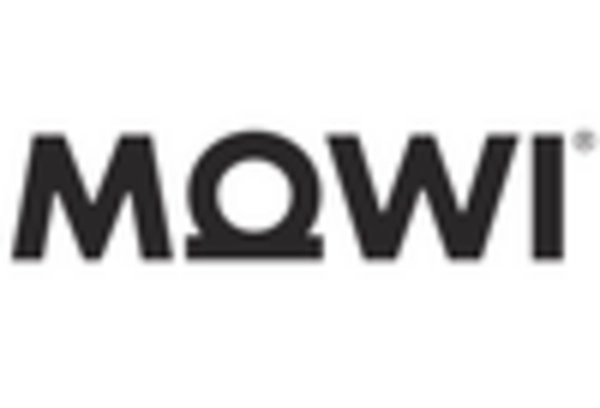

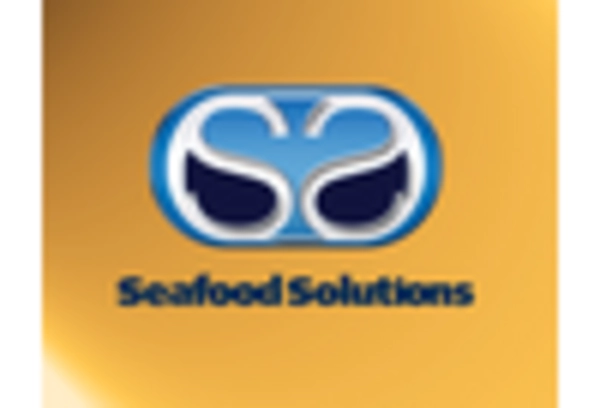
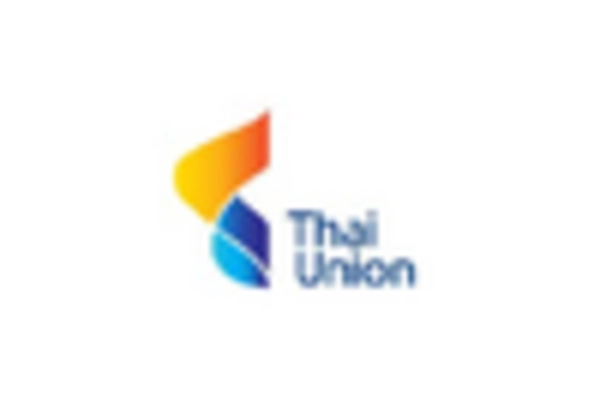








Leave a Comment